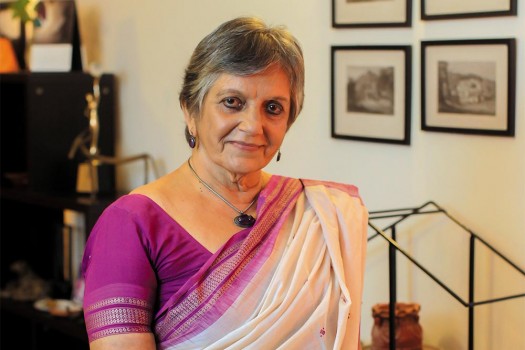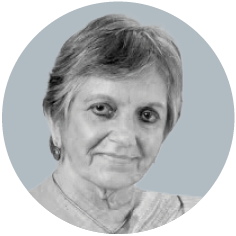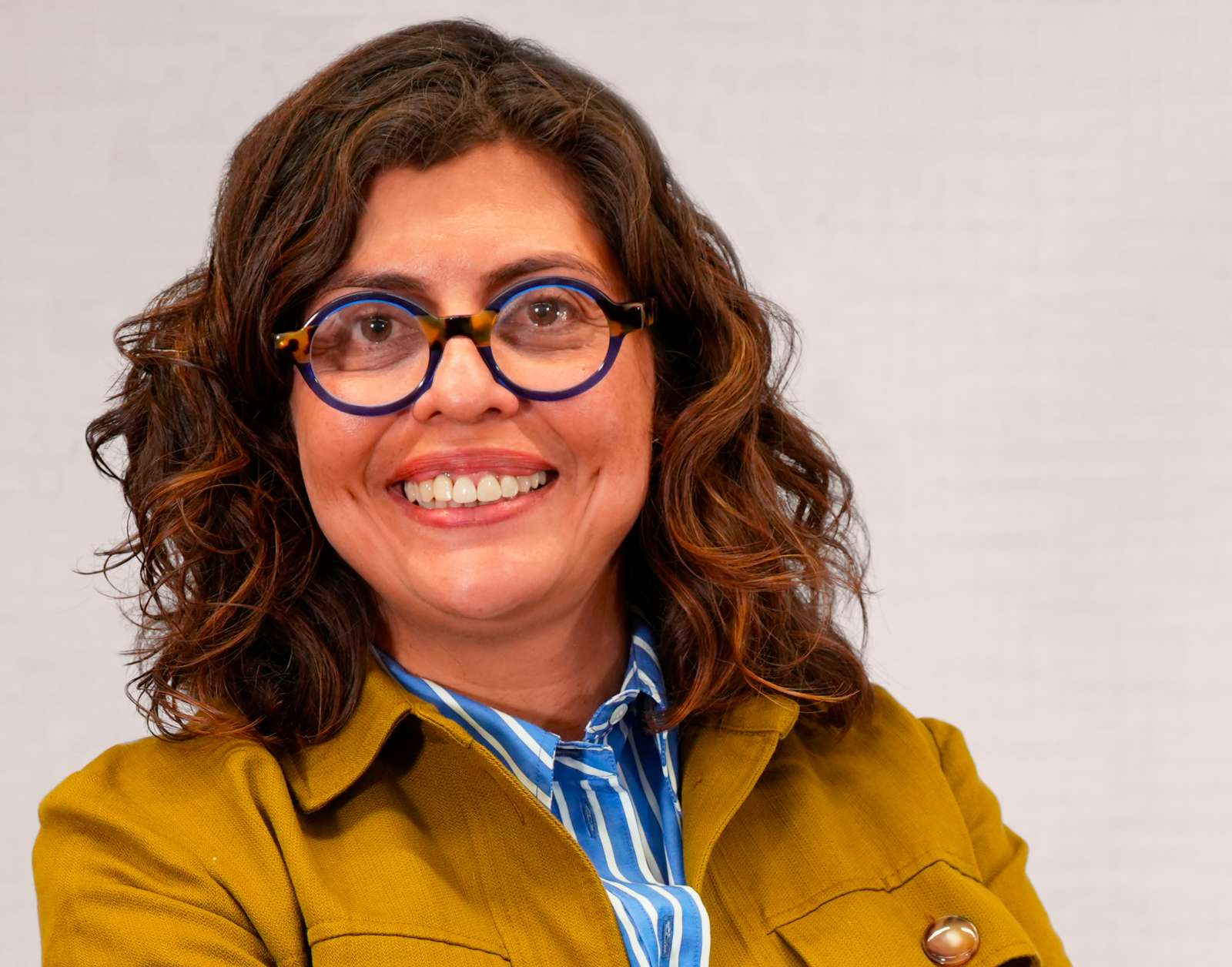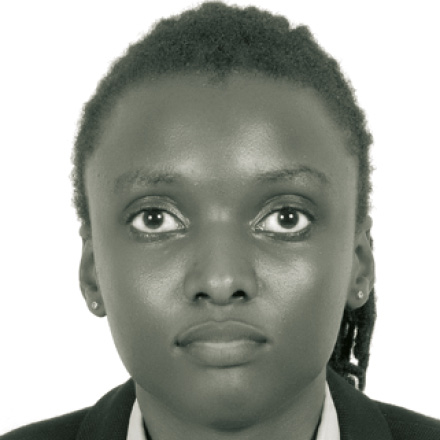Digital technology
“What really matters is unsupervised access”
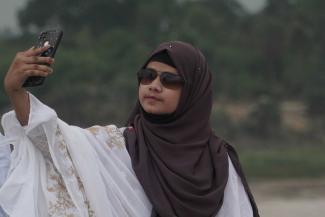
How does digital technology help to empower women?
Well, as the cliché goes, technology is not inherently good or bad. It can be used to empower women, but also to suppress them. It is a fallacy that women’s rights become stronger by default as technology and education spread. We know that harmful traditions – consider dowry in South Asia, for example – very much mark middle-class life, despite increased literacy rates and generally good education. Patriarchal societies and religious institutions can use tracking technologies to further tighten their grip on the movements of women in public places. On the other hand, women have been using digital spaces to self-actualise, professionalise, connect and build community, and even make visible their oppressive conditions through digital campaigns. The question we should be asking ourselves is how can we design technology to ensure that it enables women and other disadvantaged groups while reducing digital harms.
So how can digital technology support feminist causes?
Networking is very important. Women need to be in touch with their peers and be free to share their experiences. We were involved in research in Bangladesh, where disadvantaged female artisans produce traditional clothing, safeguarding a precious cultural heritage. A quite lucrative market depends on their artisanship. However, the women who do the work tend to be very poor. Many are not aware of all the ways in which they are being exploited. Intermediaries make a lot of money, but they don’t pay the producers well. Indeed, many of the women don’t even identify themselves as workers. They think they are helping their families. Our research shows that they become more assertive and more keenly aware of their situation if they become involved in a digital network of peers. They exchange tips on how to get better bargains, work conditions, and how to find relevant information. For example, they check out what foreigners pay for their products in souvenir shops. Used this way, digital technology is very effective in empowering women.
What education do women need to use tech this way?
Formal education is overrated in our everyday learning with digital tools. People learn from one another and through trial and error by playing with new tools and digital spaces. It helps of course when apps are designed in ways that facilitate intuitive operation. What really matters, is that women – and girls – get unsupervised and uninterrupted access to digital devices and the internet. Throughout South Asia, arranged marriages are common. Very often, the husband will control his wife’s mobile phone, if she has one at all. She cannot have a secret password and he can at any time check her browser history, social-media posts, and WhatsApp messages. This leads to women self-censoring and limiting their expression and overall potential. The extended family, moreover, also pays attention to what she is doing online. But we have seen that things change when the wife needs a phone for professional purposes. In the best case, she’ll get one from an employer or someone she works for on commission. Given that she earns money, her job-related digital autonomy leads to incremental but important steps in expanding her freedoms. Obviously, she will then also use it for things that are not closely related to her work. So, we need to rethink the old adage of the personal is political to one where the professional is personal.
So, are things better in urban areas because of greater female employment there?
No, not necessarily. The idea that rural areas are inherently backwards needs to be reconsidered. Life in the villages is no longer what it used to be, and many people, including women, are involved in some kind of services or supply chains that extend far beyond their village. The Bangladeshi artisans I just mentioned are an example. They work at home, but their clothing is sold in distant places. Mobile phone networks now cover most areas of low- and middle-income countries, and people take advantage of them enthusiastically.
Isn’t literacy essential?
Traditional literacy helps, but it is not as important as you probably think. Audio-visual applications have become very common. You do not have to read to gather interesting information, and you do not have to write to share your views. Many semi-literate populations have learnt to communicate through audio-visual ways online on themes and topics that are relatable across borders and cultures, which allows for virality and shared empathy.
Isn’t one cut off from global interactions if one does not speak English, Spanish or another global language?
No, not really. For young people in rural South Asian communities, the digital sphere is incredibly liberating even if they only speak their local language. They can communicate with other netizens who speak the language. The reach of previous generations was limited to their own and maybe a few neighbouring villages. Perhaps they would go to the district town every once in a while, but that was it. Now they can interact with people anywhere. So, if you are a teenager with a smartphone in small village in the Indian state of Punjab, you can make friends all over that state, but also in the Pakistani province of the same name, as well as in Britain, Canada or Australia and other places that have large Punjabi diasporas. Things are similar if they speak a different Asian or indeed African language. Youngsters traditionally do not get much attention, so they channel their creativity to connect and build an audience for themselves – for instance, by inventing a funny dance and posting it on TikTok. Unsupervised online access can provide potentially more freedoms to experiment and explore for young people who are also watched closely and are often confined to stringent cultural norms.
If unsupervised access is the point, teenage girls are probably disadvantaged.
Yes, unfortunately they are. Entire families worry about their daughters’ reputation and understandably so due to the conservative values dictating many of these contexts. What will the neighbours say if she posts a photo in which she shows just a little too much of her shoulder? What will far-away cousins think if she posts a picture of herself alone on a beach? They’ll wonder what she is doing there and who her chaperone is. So even if a teenage girl has her own digital device and connectivity, what she does online will be monitored closely. Nonetheless, female teenagers nowadays have more options and opportunities than their mothers had.
I think social-media platforms are not as free as generally assumed. Their algorithms tend to support well-established narratives, are designed more to keep people engaged with trivia or outrage than to involve them in serious debate and are often used for populist propaganda. So, I think that the global online sphere needs better regulation.
Yes, there are indeed serious problems, and yes, we do need global regulation. Nonetheless, you must not underestimate how much freedom there is on the internet. Numerous individual influencers have built amazingly large audiences and huge followings. To achieve that, they have to offer something genuinely interesting. They cannot simply reiterate standard narratives or promote sponsored goods. Both happens, of course, but the result is that their audiences begin to dwindle. Some of the influencers are female, and they certainly find the options empowering.
Artificial intelligence (AI) is often known to have a gender bias. What can be done about it?
Well, the algorithms mirror the biases that are in the data sets they are trained with. The data sets are created from past data which document patriarchal attitudes. Moreover, WEIRD societies are overrepresented – the acronym stands for western, educated, industrialised, rich and democratic. The discrimination of women and girls is inherent in the data sets which inform the algorithms. We cannot change the past, but we need not accept it as the future. Data sets can be modified. I am involved in an EU-funded project that aims to reduce discrimination in AI-enabled recruitment decisions. It is called FINDHR (Fairness and Intersectional Non-Discrimination in Human Recommendations). We are creating semi-synthetic datasets which pay more attention to women of colour, for example. This is, of course, a response to numerous debacles like the classic case where Amazon’s hiring system was actively recommending men for top positions because the underlying data showed that primarily men populated top positions. Different data sets will probably result in different recommendations. Ultimately, employment decisions must be made by humans, but we know that they appreciate automated assistance. Trained appropriately, AI can serve a liberating purpose.
Payal Arora is a digital anthropologist and professor at the Erasmus School of Philosophy in Rotterdam.
LinkedIn: https://www.linkedin.com/in/payalarora
Twitter: @3Lmantra


